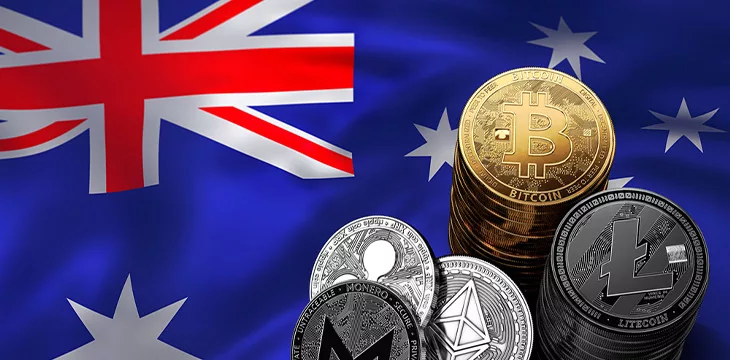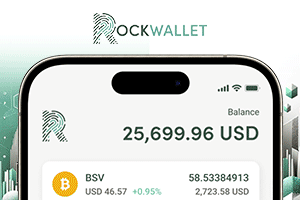|
Getting your Trinity Audio player ready...
|
The Australian Federal Government is working on a regulatory framework for “entities providing access to digital assets” and is seeking industry input. The intention, it said, is to bring Australian regulations in line with those overseas, using existing financial frameworks. The idea is to regulate intermediaries like exchanges, service/asset issuers, and financial product advisers.
The policy proposals come a week after the Treasury also signaled its intention to regulate the (non-blockchain) digital payments industry, broadening its definitions of payments and assets. While the focus of the digital payments proposal was international transfers and national security risks, the digital assets document looks more at consumer protection and “promoting innovation through technology neutrality.”
It referred specifically to the FTX exchange collapse, which it noted affected 50,000 Australian consumers. Past problems with FTX and digital asset exchanges, in general, had resulted from “ineffective management practices” and “inadequate governance structures,” as well as the usual suspects of fraudulent activities, poor resilience, and conflicts of interest.
Using existing financial regulations as a guide, the Treasury said digital asset facilities would have minimum standards for holding assets, intermediating platform entitlements, and transactional functions.
Any license changes would apply to businesses based in Australia, whether they serve only the Australian consumer market or act as a broker for others located elsewhere.
Entities holding less than AU$5 million in total assets and individual clients holding less than AU$1,500 in entitlement value would be exempted.
Token functions, ‘ownership’ and ‘functional control’
Treasury clarified that its definition of a digital “token” includes only those that can be freely traded on third-party marketplaces, and (usually) not examples like event tickets and gift cards (even those that can be cryptographically signed). Digital assets, it added, function as non-physical “bearer asset” where the primary value of the token is the asset itself.
However, one section acknowledges the challenges in differentiating between token types and determining what constitutes “ownership.” A digital token may represent various kinds of entitlements, from ownership of physical property or shareholding to a specific store discount. If a digital token is stolen, the thief has possession (or “factual control”) of the asset and its entitlements, but is not that token’s legal owner.
“The programmability of digital tokens increases the uniqueness of token marketplaces further,” it said.
Treasury’s policy proposals are more concerned with the intermediaries that provide access to these assets and wallet storage—namely, exchanges. It suggested a new type of financial product called a “digital asset facility” that would bring digital asset exchanges in line with existing Australian Financial Services Licence (AFSL) laws, regulating the intermediaries that facilitate storage, trades, and transfers of digital tokens. This “activities-based approach” focuses more on the services side rather than the token features themselves.
“An important feature of the proposed framework would be that platform entitlements in relation to non-financial product assets do not become financial products,” it said. This allows token issuers more freedom to issue tokens representing physical assets or other values while protecting the token holders.
Assets embedded with “financialised functions” would be subject to licensing requirements for their issuers, while non-financialised assets would not. However, any platform facilitating trade and storing digital tokens of any type would be subject to licensing requirements.
Tokens can represent value in non-financial industries like social media, gaming, health care, media and entertainment, fitness, and lifestyle. The definition of a digital asset “holder” can also be unclear, it noted, if tokens are programmed with conditions that must be met, multiple sign-offs required to use, etc. Therefore, it uses “factual control in a real and immediate sense” as a suggestion.
“There are also some digital assets that do nothing and others that were created for harmful purposes such as scams.”
The Treasury said the policy proposals do not apply to “stablecoin” providers, merchants accepting tokens as payment, or any provider “publishing data to a public database” (e.g., a blockchain). However, these activities are already covered by existing laws that apply to their specific industries, such as contracts, intellectual property, privacy, and defamation.
Once again, the Treasury is seeking public and industry feedback on its thoughts, with a deadline for written submissions on December 1, 2023. Its document on the topic contained a reminder that these are demonstrations of “policy intention” only and not draft laws. Any new law passed, as a result, would still have a 12-month transitionary period for the digital asset industry to make any changes necessary to comply.
Watch: Regulation leads to good uptick for Web3 operators

 06-15-2025
06-15-2025 





